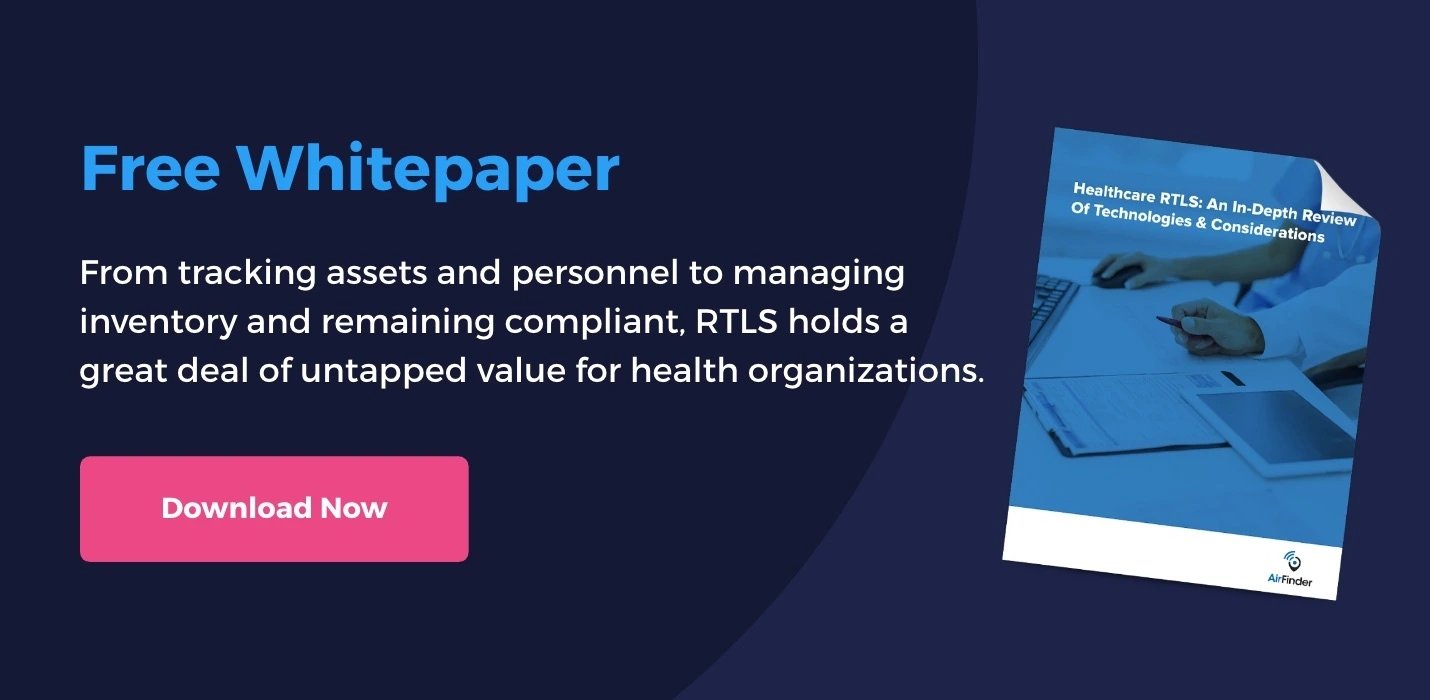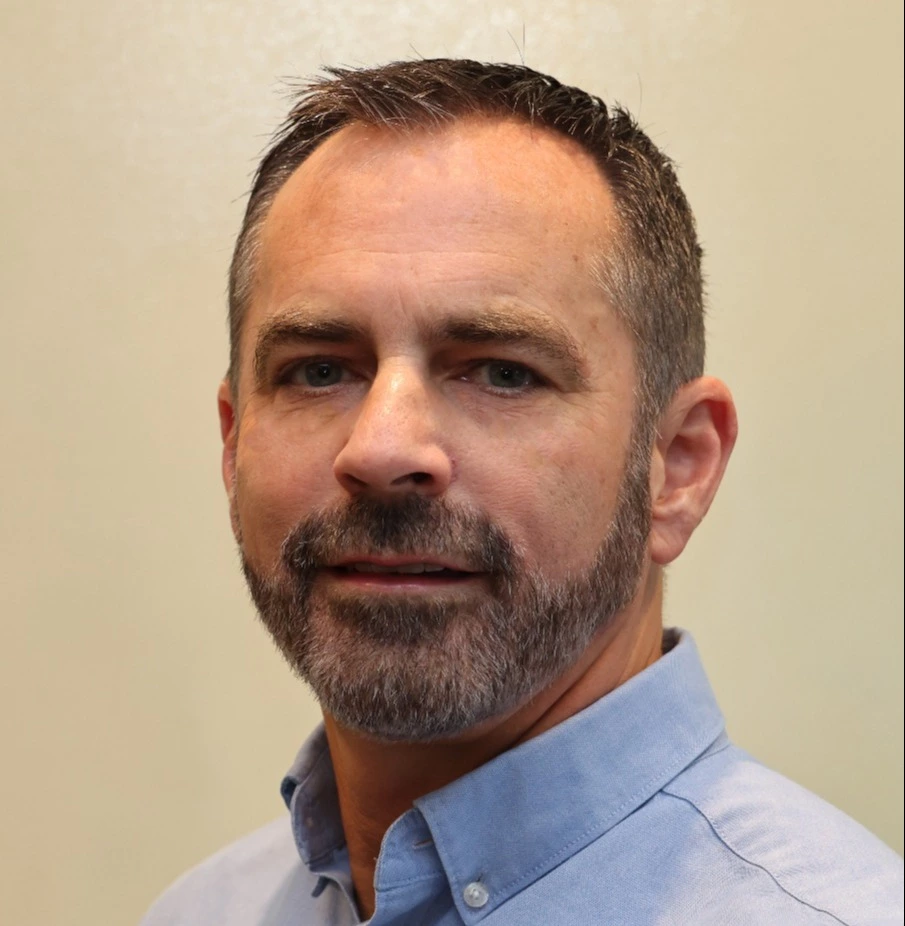You’ve heard that adding real-time location system (RTLS) technology in your healthcare ecosystem can help you cut costs—but is that just smoke and mirrors, or is there really a high return on investment for RTLS in healthcare? We’ve seen the many ways that RTLS technology creates opportunities for dramatic cost savings, so we’ve documented them below.
Find out how a real-time location system (RTLS) can help your healthcare organization save money—and lives.
1. It prevents unnecessary capital expenditure. In simple terms, RTLS enables you to make informed purchases. When the executive committee of a medical group is approached with a request to purchase new medical technology, for example, it’s difficult for them to make an informed decision without data. RTLS would enable the committee to find out whether the equipment in question needs to be purchased, or whether the hospital’s existing equipment sits idle 70% of the time. With this additional information, hospitals could save hundreds of thousands of dollars simply by having a better understanding of whether or not they need more equipment or whether that would be an unnecessary purchase.
2. It leads to increased utilization of more commonly-used assets. If you can increase utilization of assets in the hospital or healthcare center by knowing precisely where they’re located, you can save a great deal. Additionally, RTLS can help you track when an item is out of service and how long it spends in maintenance, which is an important cost-saving measure.
3. It improves patient flow. It’s difficult to calculate the exact ROI of patient flow benefits, so it’s more difficult to sell an executive committee on them—but there is money to save here. You can:
- Track the flow of patients using a machine. Every minute your equipment isn’t being used is revenue lost. Tracking the use of an X-ray machine for quicker patient turnover will certainly save money.
- Track outpatients from time they check in. It’s critical to know where outpatients are once they check in both for safety and for ROI purposes. Giving them an RTLS-enabled card or badge helps providers serve them more quickly and efficiently.
- Track provider location. By knowing where critical providers are all times, other staff may be able to save time. For example, a nurse may use a location system to see where the nearest doctor instead of paging a doctor who may be several floors or buildings away.
4. It helps save money by avoiding unnecessary rentals. It’s not uncommon for hospitals to rent equipment from medical supply companies. You can be smarter about rentals by knowing where your equipment is located and how frequently it’s being used.
5. It helps avoid, deter, and prevent theft. Many RTLS systems allow you to create a choke-point at exits so you can receive alerts when items are removed from the premises. While it’s difficult to model ROI on anti-theft alone, this is still a nice side benefit.
One final RTLS ROI consideration...
Don’t forget to model the cost of tags and installation in your ROI calculations. For example, infrared RTLS systems require extensive and costly installation, and some WiFi tags can run as high as $90 apiece. A high-priced RTLS system may negate part of the return on investment you’re counting on.
If you’re still determining which RTLS technology is right for your healthcare operation, this 11-page white paper may be beneficial. It includes five critical things to consider when choosing healthcare RTLS, benefits and considerations for the six main types of RTLS technology, and more. Download it now.





